Eyelash extensions have become a beauty must-have for anyone looking to enhance their natural lashes without mascara or falsies. From celebrities to influencers and everyday beauty enthusiasts, the appeal is clear: longer, fuller lashes in just one appointment. But as with any cosmetic procedure, eyelash extensions come with risks—some minor, some potentially serious.
In this in-depth guide, we explore the top eyelash extension risks, how to prevent them, and what you can do to protect your eye health while enjoying beautiful lashes.
What Are Eyelash Extensions?
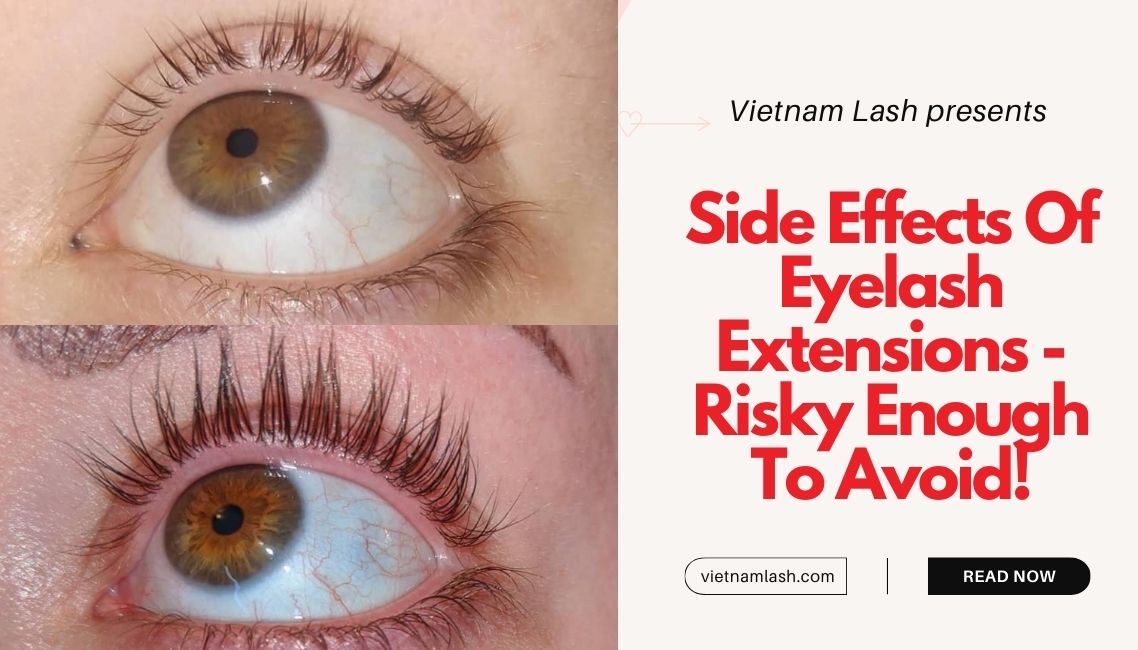
Eyelash extensions are semi-permanent fibers (usually synthetic, silk, or mink) that are glued one by one onto your natural lashes using a special adhesive. They’re designed to enhance the length, curl, and thickness of your natural lashes.
While they’re a popular beauty trend, eyelash extensions require precision and proper hygiene. If not applied correctly—or if your eyes react negatively—they can lead to complications that outweigh the beauty benefits.
Common Eyelash Extension Risks
1. Allergic Reactions
One of the most common eyelash extension risks is an allergic reaction, especially to the adhesive used. Most lash glues contain cyanoacrylate, a fast-drying ingredient that can trigger reactions in sensitive individuals.
Symptoms may include:
-
Redness or itching on the eyelids
-
Swelling of the eyelids or surrounding skin
-
Watery eyes
-
Burning sensation
If you notice any of these signs, you may be having a mild to severe allergic reaction. In rare cases, a reaction can escalate into contact dermatitis or even anaphylaxis.
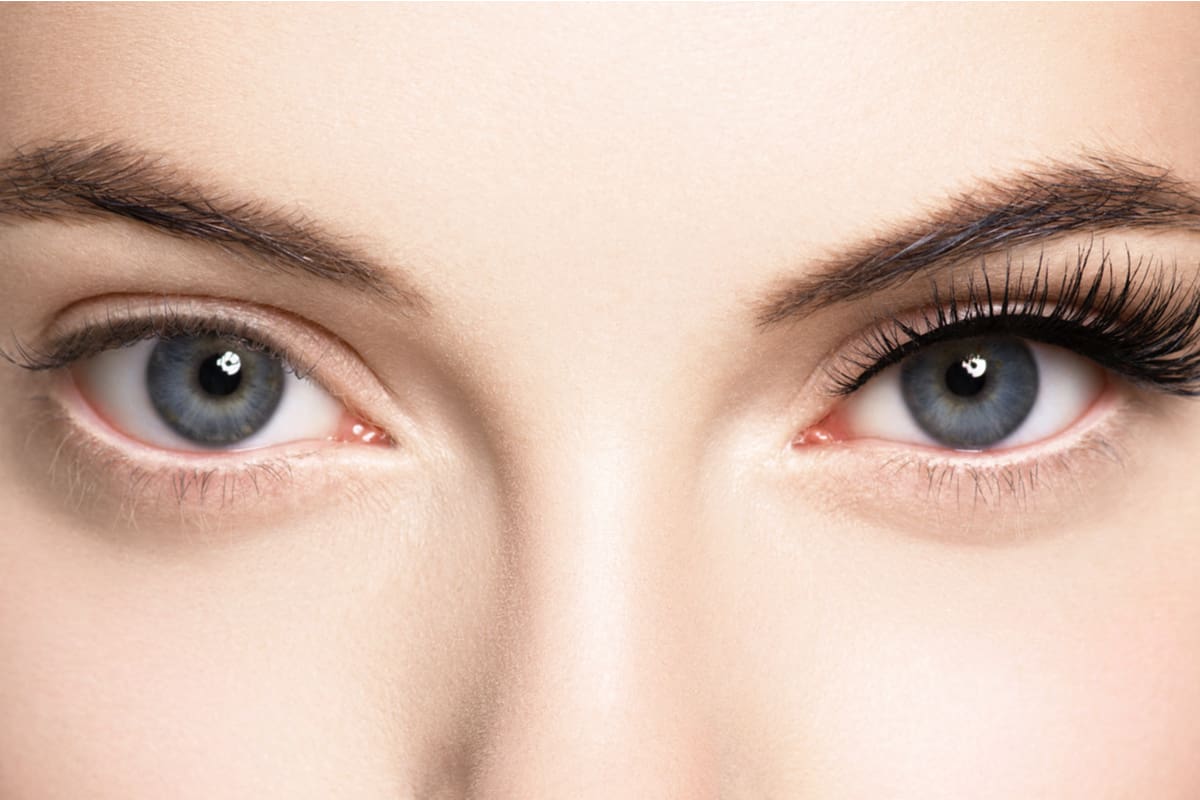
2. Eye Infections
Poor hygiene during the lash application process can expose your eyes to bacterial, viral, or fungal infections. If tools aren’t properly sanitized or if the technician touches your eye area with unclean hands, you’re at risk.
Common eye infections include:
-
Blepharitis (inflammation of the eyelids)
-
Conjunctivitis (pink eye)
-
Styes
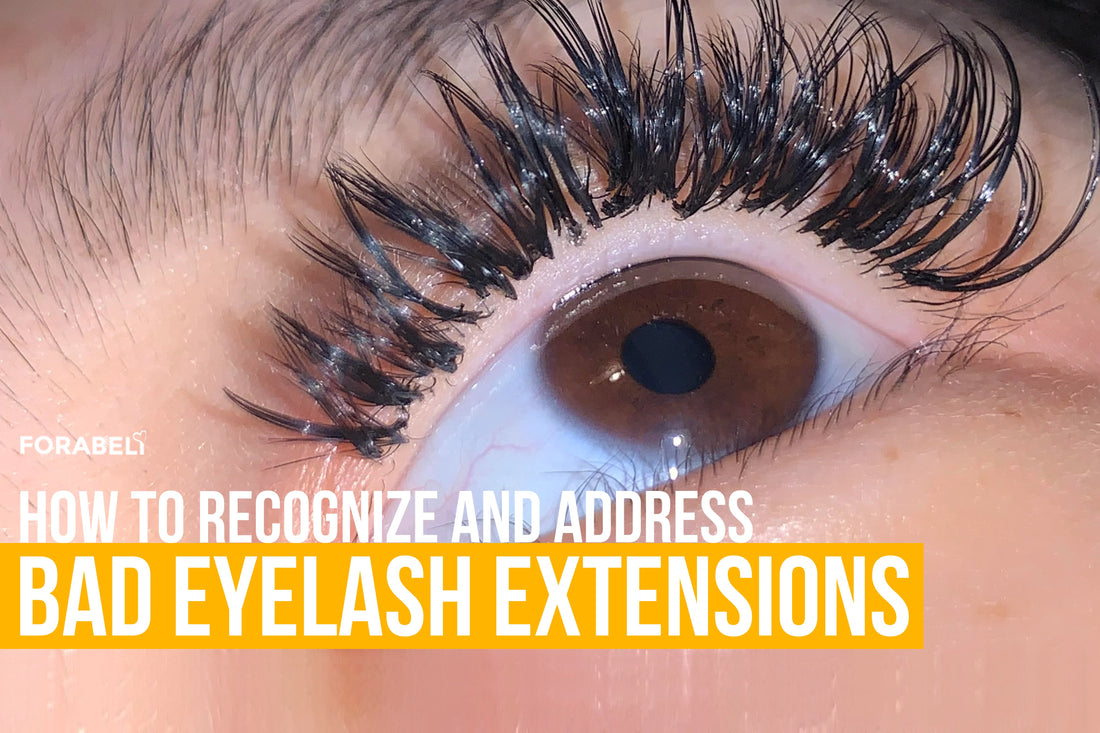
These conditions can be painful, unsightly, and may require medical treatment.
3. Natural Lash Damage
Lash extensions, when applied improperly or too heavily, can cause traction alopecia—a condition where the natural lashes fall out due to excessive stress or pulling. Repeated extensions without breaks can weaken the hair follicles and prevent regrowth.
Key causes of lash damage:
-
Using lashes that are too long or heavy for your natural ones
-
Poor isolation technique (when multiple lashes are glued together)
-
Not removing lash extensions properly
4. Chemical Exposure
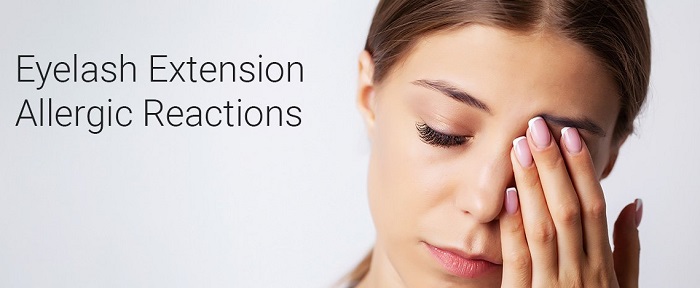
Some eyelash adhesives emit formaldehyde during curing, a known irritant and potential carcinogen. Prolonged exposure to these fumes can irritate the eyes and respiratory system, especially in unventilated spaces.
Symptoms of chemical irritation include:
-
Red, bloodshot eyes
-
Burning or stinging sensation
-
Increased sensitivity to light
5. Poor Hygiene
Unclean lash extensions can trap dirt, oil, and bacteria, creating the perfect environment for infection. Not cleaning your lashes regularly or using improper makeup removers can increase these risks.
Over time, this buildup can lead to:
-
Eye odor
-
Crusting around the lash line
-
Lash mites (yes, they’re real!)
Long-Term Risks of Eyelash Extensions
While most eyelash extension issues are short-term and treatable, long-term use without proper care can lead to more serious consequences:
-
Permanent lash loss: Constant strain can damage hair follicles permanently.
-
Increased sensitivity: Repeated exposure to adhesive chemicals may make you more sensitive over time.
-
Eye surface damage: In rare cases, poorly applied lashes or sharp tweezers can scratch the cornea.
Signs You’re Having a Reaction

Pay close attention after getting extensions. If you experience any of the following within 24–48 hours, consult your lash technician or a healthcare provider:
-
Persistent itching or swelling
-
Blurred vision
-
Pus or yellow discharge
-
Eyelid crusting
-
Eye pain or pressure
Early treatment can prevent more serious complications.
How to Minimize Eyelash Extension Risks
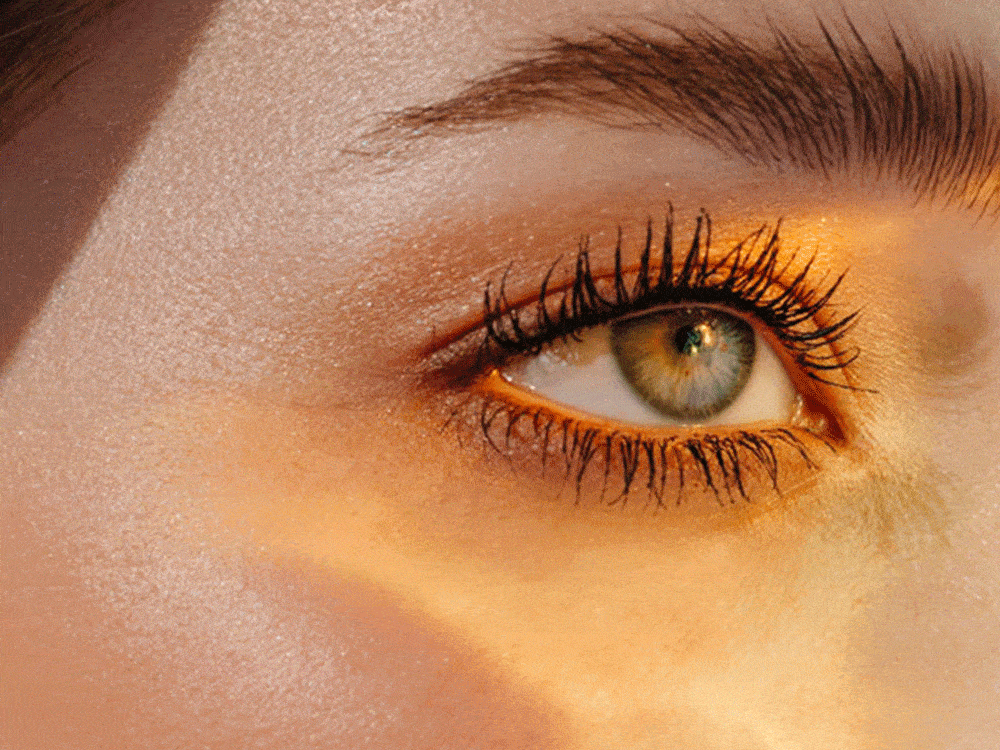
1. Choose a Certified Technician
Not all lash artists are created equal. Look for technicians who are:
-
Licensed or certified in lash application
-
Experienced with positive client reviews
-
Working in a clean, professional environment
Don’t be afraid to ask about their training or see their portfolio.
2. Ask About Products Used
Always ask what type of glue and lashes will be used. If you have sensitive skin or allergies, request a patch test at least 24 hours before your full appointment.

Questions to ask:
-
Is the glue formaldehyde-free?
-
Are the lashes synthetic, mink, or silk?
-
Are the tools sterilized between clients?
3. Follow Aftercare Instructions
Proper aftercare helps avoid infections and keeps your lashes looking great longer.
Basic aftercare tips:
-
Avoid water, steam, and oil-based products for 24–48 hours
-
Clean lashes daily with a lash-safe cleanser
-
Don’t rub, pull, or sleep on your face
-
Schedule regular fills to prevent twisting or shedding
When to Avoid Eyelash Extensions
You should avoid lash extensions if:
-
You have a history of severe allergies or sensitive eyes
-
You’re prone to eye infections or blepharitis
-
You’re pregnant and concerned about chemical exposure
-
You’re undergoing chemotherapy or have compromised immunity
-
You have very weak or sparse natural lashes
In these cases, alternatives may be safer and more comfortable.
Safe Alternatives to Eyelash Extensions
If eyelash extensions seem risky for you, consider these low-risk alternatives:
1. Lash Lifts and Tints
A lash lift curls your natural lashes, and a tint darkens them. The result is a more open-eyed look without adding fibers.
2. Magnetic Lashes
No glue involved! These reusable falsies attach using magnets, reducing chemical exposure.
3. Lash Serums
Products like Latisse (FDA-approved) or over-the-counter serums can enhance natural lash growth over time.
4. Mascara
A good mascara paired with an eyelash curler can offer stunning results with minimal risk.
Conclusion
While eyelash extensions can be a stunning way to enhance your natural beauty, it’s important to weigh the potential risks before committing. From allergic reactions to long-term lash damage, understanding what could go wrong helps you make a safer, more informed choice.
By choosing a qualified lash artist, asking the right questions, and following proper aftercare, you can reduce your risk and enjoy beautiful lashes safely.






